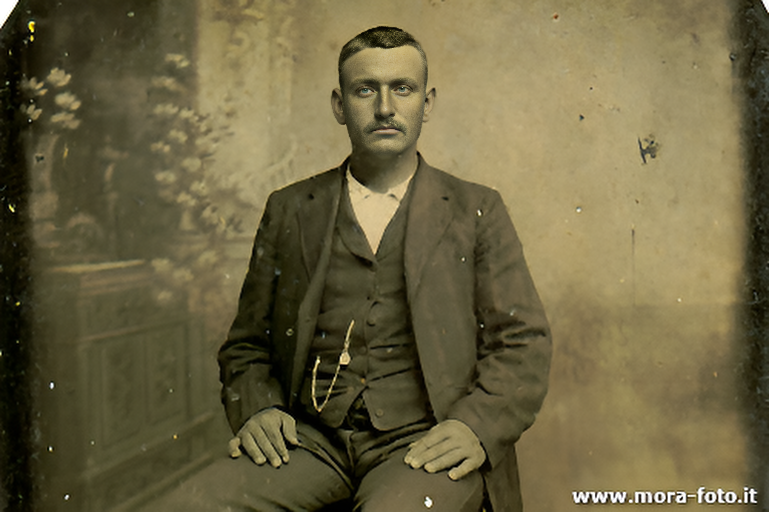API
If you're looking for an API, you can choose from your desired programming language.
1
2
3
4
5
6
7
8
9
10
11
12
13
14
15
16
17
18
19
20
21
22
23
24
25
26
27
28
29
30
31
32
33
34
35
36
37
38
39
40
41
import requests
import base64
# Use this function to convert an image file from the filesystem to base64
def image_file_to_base64(image_path):
with open(image_path, 'rb') as f:
image_data = f.read()
return base64.b64encode(image_data).decode('utf-8')
# Use this function to fetch an image from a URL and convert it to base64
def image_url_to_base64(image_url):
response = requests.get(image_url)
image_data = response.content
return base64.b64encode(image_data).decode('utf-8')
# Use this function to convert a list of image URLs to base64
def image_urls_to_base64(image_urls):
return [image_url_to_base64(url) for url in image_urls]
api_key = "YOUR_API_KEY"
url = "https://api.segmind.com/v1/goofyai-cyborg_style_xl"
# Request payload
data = {
"prompt": "cyborg style",
"negative_prompt": "boring, poorly drawn, bad artist, (worst quality:1.4), simple background, uninspired, (bad quality:1.4), monochrome, low background contrast, background noise, duplicate, crowded, (nipples:1.2), big breasts",
"scheduler": "UniPC",
"num_inference_steps": 25,
"guidance_scale": 8,
"samples": 1,
"seed": 3426017487,
"img_width": 1024,
"img_height": 1024,
"base64": False,
"lora_scale": 1
}
headers = {'x-api-key': api_key}
response = requests.post(url, json=data, headers=headers)
print(response.content) # The response is the generated imageAttributes
Prompt to render
Prompts to exclude, eg. 'bad anatomy, bad hands, missing fingers'
Type of scheduler.
Allowed values:
Number of denoising steps.
min : 20,
max : 100
Scale for classifier-free guidance
min : 0.1,
max : 25
Number of samples to generate.
min : 1,
max : 4
Seed for image generation.
Width of the image.
Allowed values:
Height of the Image
Allowed values:
Base64 encoding of the output image.
Scale of the lora
To keep track of your credit usage, you can inspect the response headers of each API call. The x-remaining-credits property will indicate the number of remaining credits in your account. Ensure you monitor this value to avoid any disruptions in your API usage.
Cyborg Style SDXL
Cyborg Style SDXL specializes in generating cyborg-themed artwork. This model designed to cater to enthusiasts of science fiction and futuristic aesthetics. It's an ideal tool for artists, graphic designers, and sci-fi fans looking to explore the intriguing world of cyborgs and futuristic art.
Cyborg Style SDXL harnesses the power of Stable Diffusion XL (SDXL) model to create detailed, imaginative representations of cyborgs. This model has been trained on a diverse range of cyborg and futuristic imagery, enabling it to produce high-quality, realistic, and diverse cyborg-themed art.
Advantages
-
Futuristic Art Generation: Expertly crafts images centered around cyborgs and futuristic themes.
-
Creative Exploration: Offers vast possibilities for exploring futuristic and sci-fi concepts.
Use Cases
-
Concept Art:A valuable tool for concept artists in the gaming and movie industries.
-
Marketing and Advertising: Creates compelling visuals for brands and products with a futuristic theme.
-
Graphic Design: Enhances graphic design projects with unique, futuristic elements.
-
Educational Tools: Assists in teaching digital art and design with a focus on futuristic themes.
Other Popular Models
sdxl-img2img
SDXL Img2Img is used for text-guided image-to-image translation. This model uses the weights from Stable Diffusion to generate new images from an input image using StableDiffusionImg2ImgPipeline from diffusers

storydiffusion
Story Diffusion turns your written narratives into stunning image sequences.

illusion-diffusion-hq
Monster Labs QrCode ControlNet on top of SD Realistic Vision v5.1

codeformer
CodeFormer is a robust face restoration algorithm for old photos or AI-generated faces.
